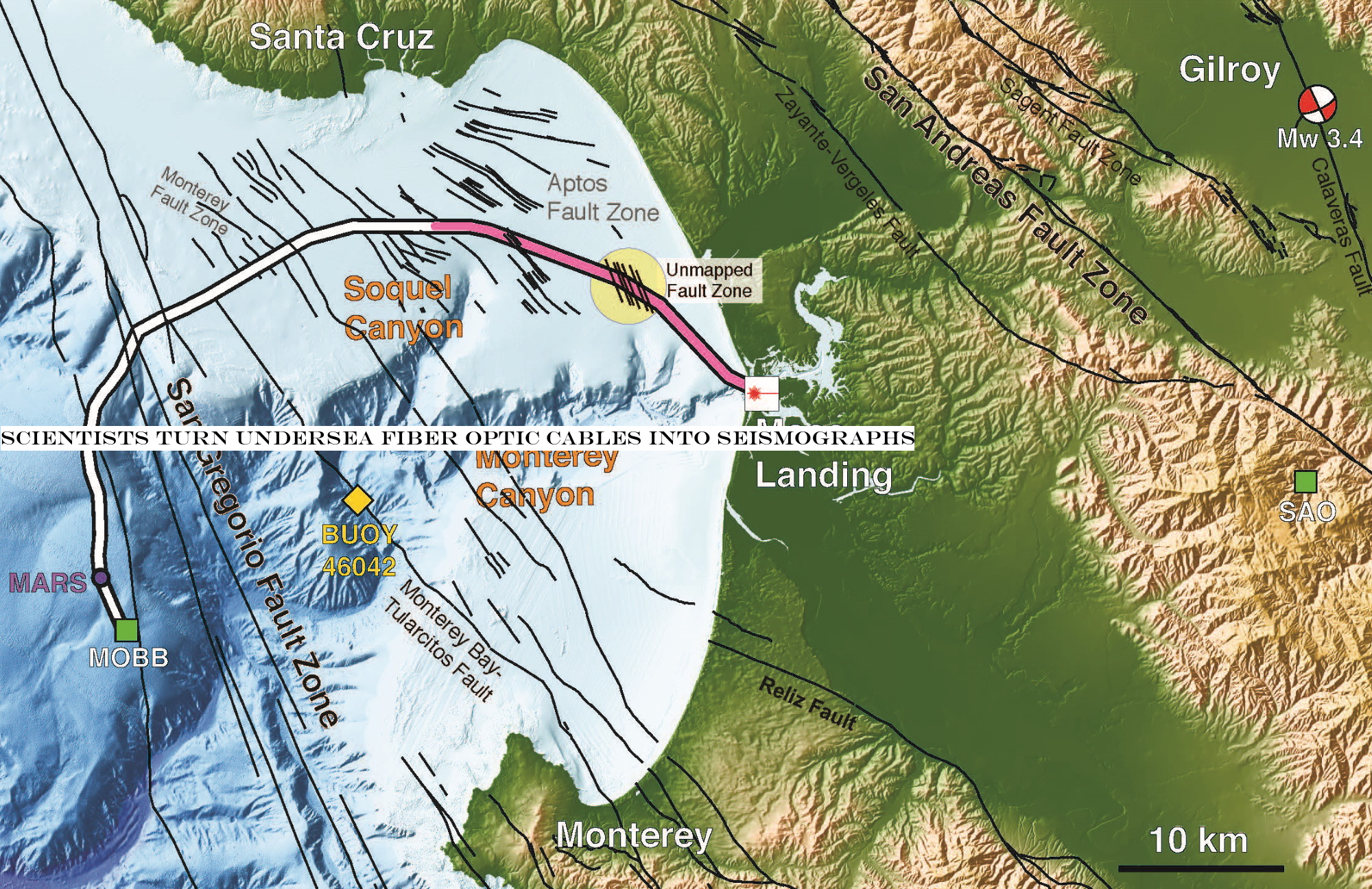INSUBCONTINENT EXCLUSIVE:
Monitoring seismic activity all over the world is an important task, but one that requires equipment to be at the site it measuring —
difficult in the middle of the ocean
But new research from Berkeley could turn existing undersea fiber optic cables into a network of seismographs, creating an unprecedented
global view of the Earth tectonic movements.
Seismologists get almost all their data from instruments on land, which means most of our
knowledge about seismic activity is limited to a third of the planet surface
We don&t even know where all the faults are since there been no exhaustive study or long-term monitoring of the ocean floor.
&There is a
huge need for seafloor seismology,& explained lead study author Nathaniel Lindsey in a Berkeley news release
&Any instrumentation you get out into the ocean, even if it is only for the first 50 kilometers from shore, will be very useful.&
Of course,
the reason we haven&t done so is because it very hard to place, maintain, and access the precision instruments required for long-term
But what if there were instruments already out there just waiting for us to take advantage of them? That the idea Lindsey and his colleagues
are pursuing with regard to undersea fiber optic cables.
These cables carry data over long distances, sometimes as part of the internet
backbones, and sometimes as part of private networks
But one thing they all have in common is that they use light to do so — light that gets scattered and distorted if the cable shifts or
changes orientation.
By carefully monitoring this &backscatter& phenomenon it can be seen exactly where the cable bends and to what extent
— sometimes to within a few nanometers
That means that researchers can observe a cable to find out the source of seismic activity with an extraordinary level of precision.
The
technique is called Distributed Acoustic Sensing, and it essentially treats the cable as if it were a series of thousands of individual
The cable the team tested on is 20 kilometers worth of of Monterey Bay Aquarium Research Institute underwater data infrastructure — which
divided up into some ten thousand segments that can detect the slightest movement of the surface to which they&re attached.
&This is really
a study on the frontier of seismology, the first time anyone has used offshore fiber-optic cables for looking at these types of
oceanographic signals or for imaging fault structures,& said Berkeley National Lab Jonathan Ajo-Franklin.
After hooking up MBARI cable to
the DAS system, the team collected a ton of verifiable information: movement from a 3.4-magnitude quake miles inland, maps of known but
unmapped faults in the bay, and water movement patterns that also hint at seismic activity.
The main science node of the Monterey
Accelerated Research System
Good luck keeping crabs out of there.
The best part, Lindsey said, is that you don&t even need to attach equipment or repeaters all along
&You just walk out to the site and connect the instrument to the end of the fiber,& he said.
Of course most major undersea cables don&t just
have a big exposed end for random researchers to connect to
And the signals that the technology uses to measure backscatter could conceivably interfere with others, though of course there is work
underway to test that and prevent it if possible.
If successful the larger active cables could be pressed into service as research
instruments, and could help illuminate the blind spot that seismologists have as far as the activity and features of the ocean floor
The team work is published today in the journal Science.

